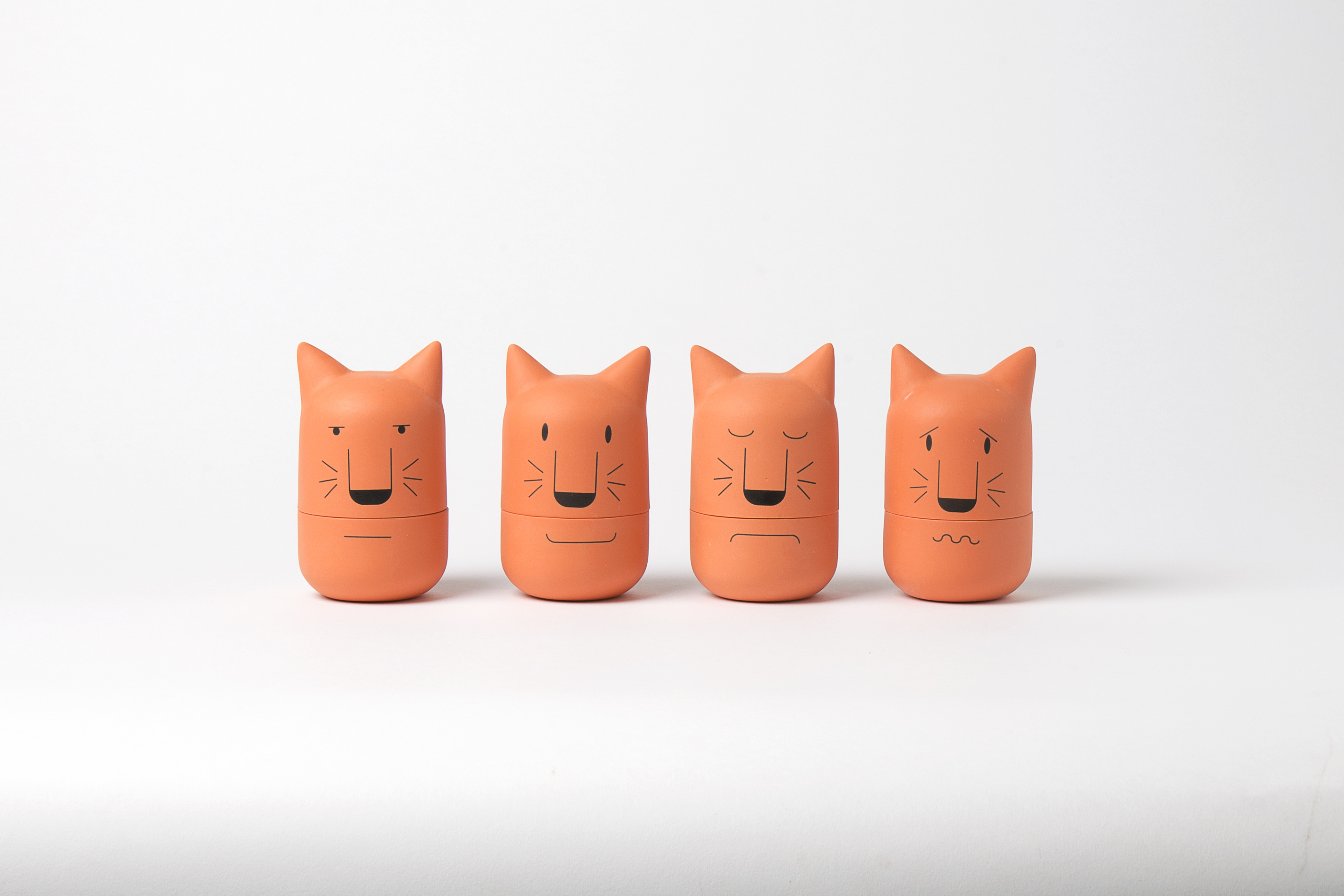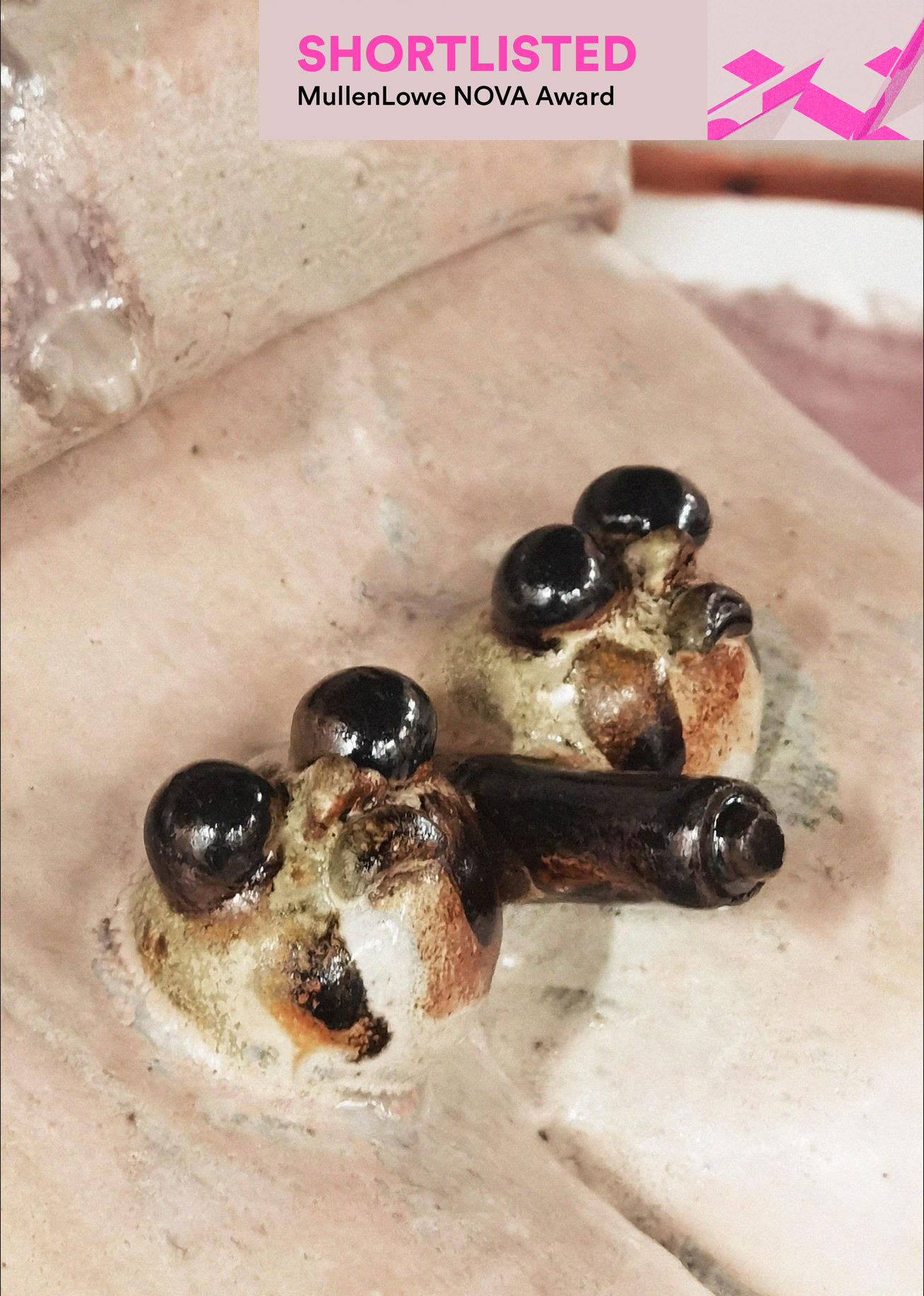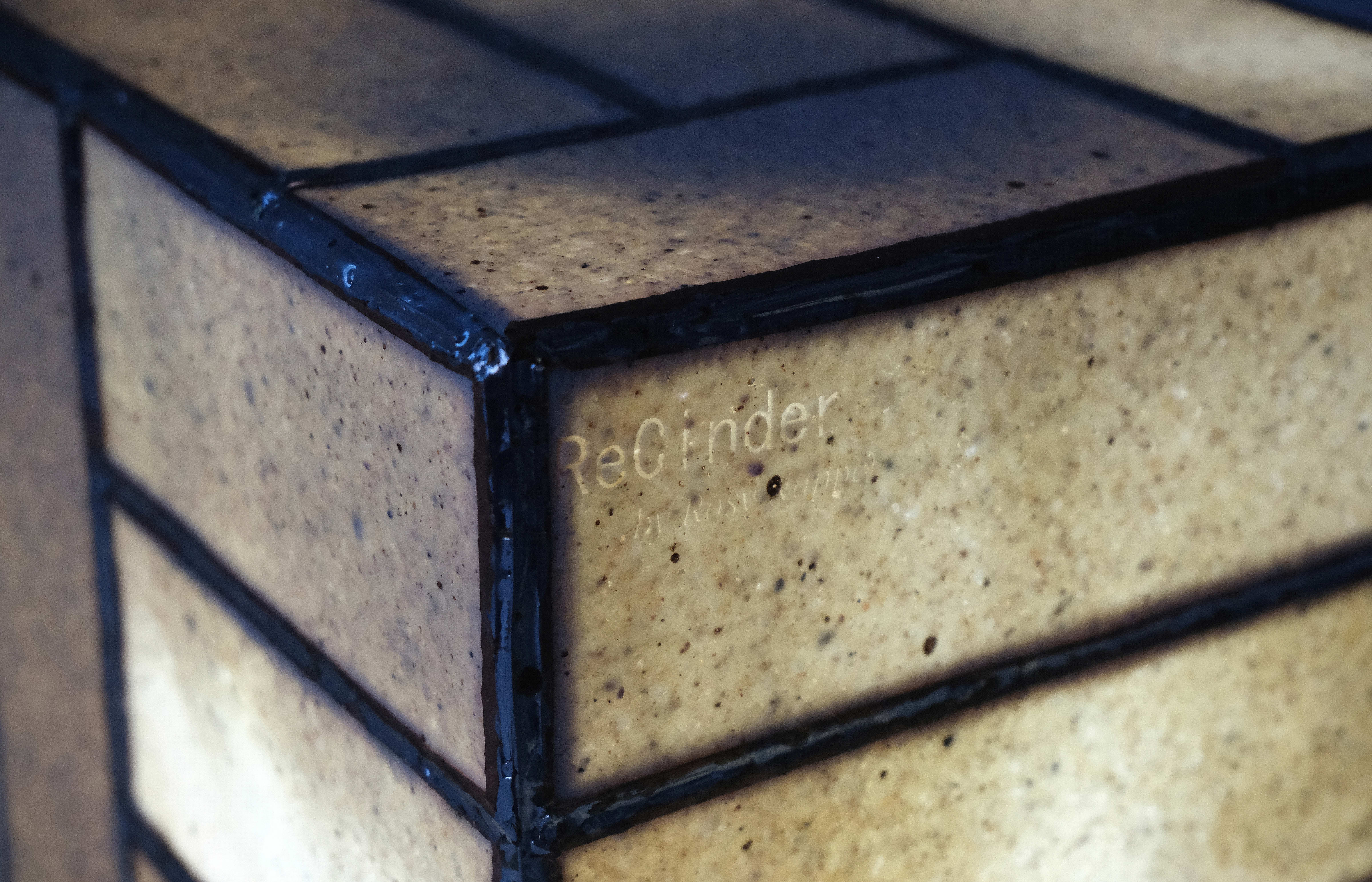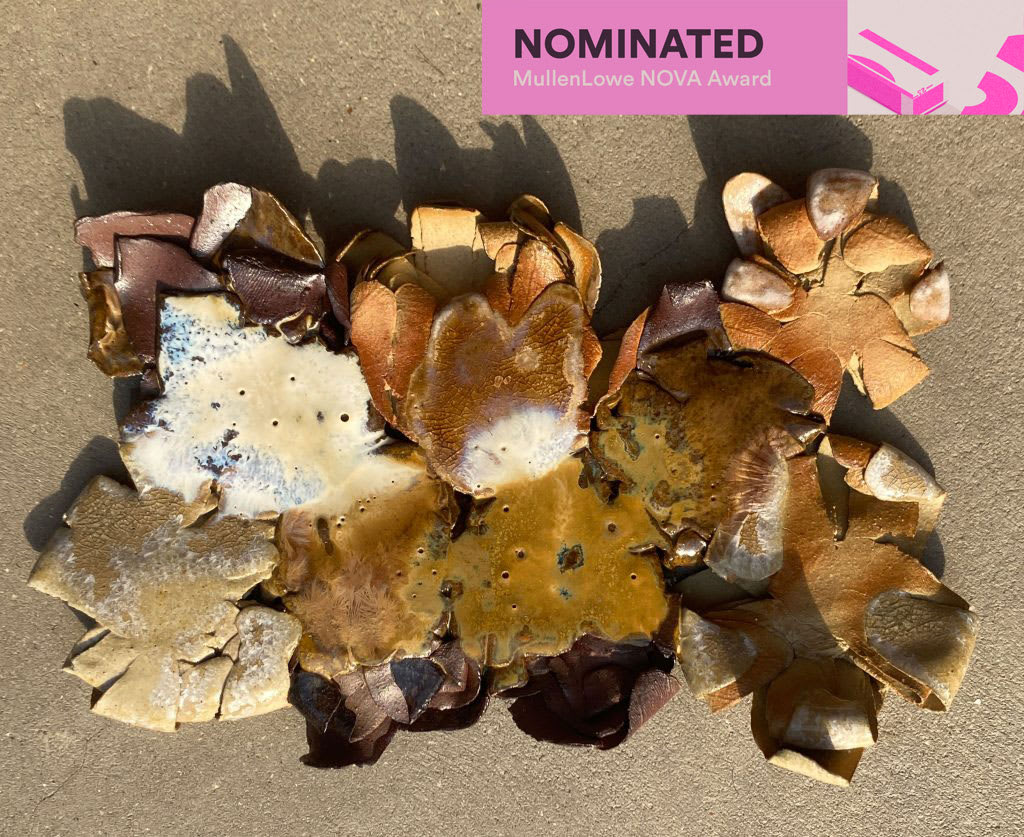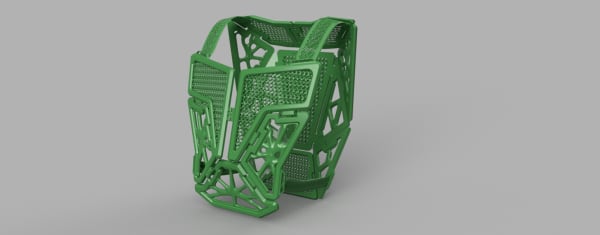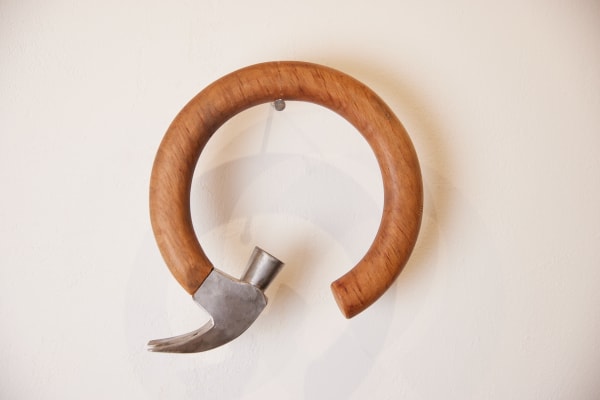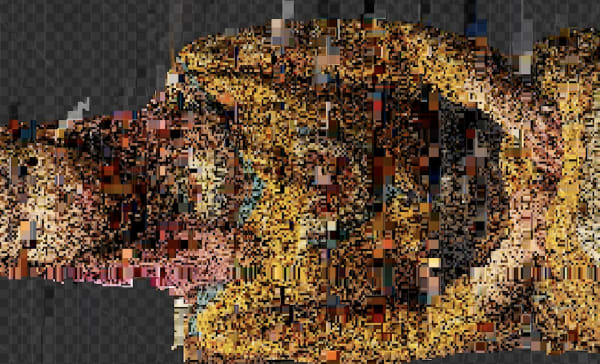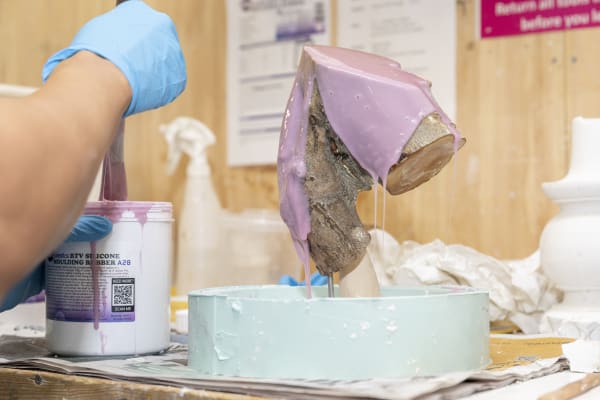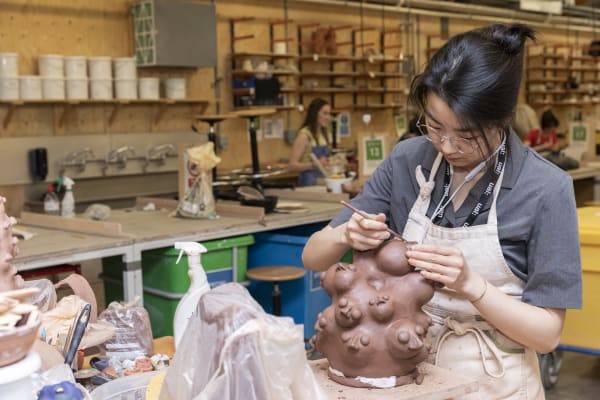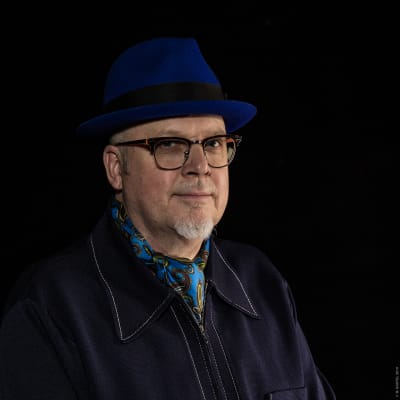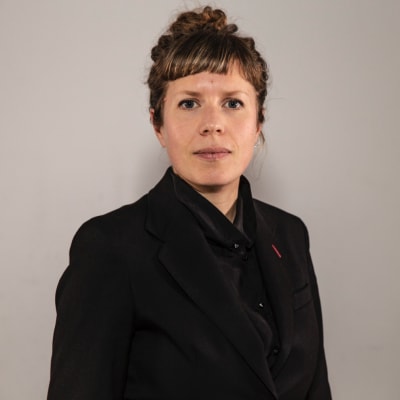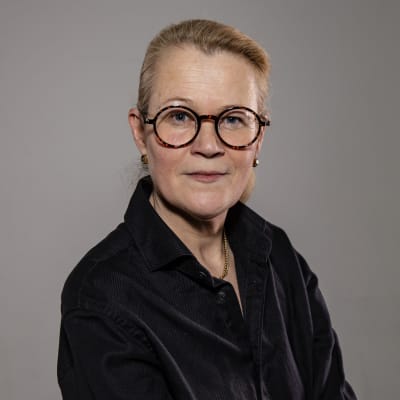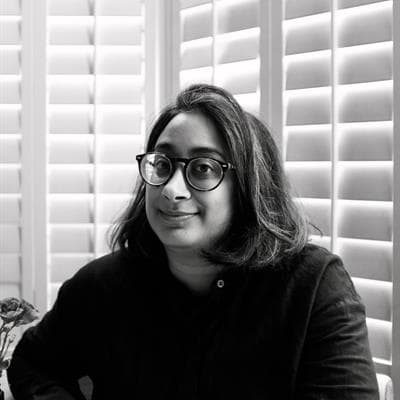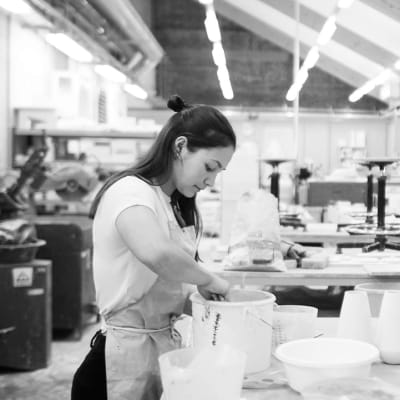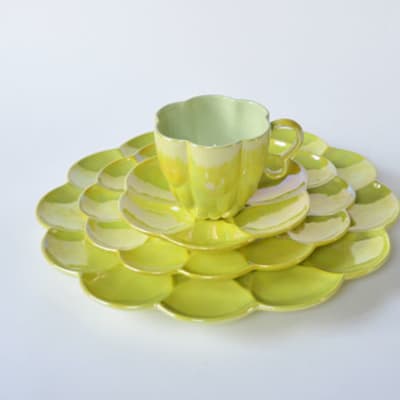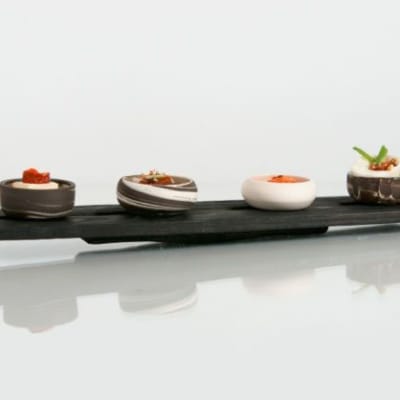Course units
BA Ceramic Design is designed to help your creative and professional development. You will undertake a series of creative projects which engage with professional communities across the breadth of the subject – from art, through craft and into design. You will develop your own visual language, while also learning transferable skills to suit a variety of work environments.
Students explore their practice through hands-on engagement with skills and processes within the subject of ceramics. Stage 1 focuses on craft and skill; it’s process-rich and built on the acquisition of a multitude of core skills that act as a toolkit for future practice. In Stage 2, you will apply these skills within broader contexts and develop a conceptual framework in which to apply these skills. In Stage 3, you will begin to inhabit a specialist practice and become a confident, critical practitioner. Over time students start to bring other materials into their studio practice or seek opportunities within other disciplines. This reflects a growing self-awareness and confidence in the student designers.
The course promotes student-centred experiential learning, enabling you to identify and expand on your own strengths, through active reflection and an immersive iterative making process.
Across the three stages of BA Ceramic Design, studio practice is the main component of the course. Supporting studies include specialist technical teaching; contextual studies; and personal and professional development. These elements provide a critical understanding, so you can explore and develop your work with the ceramic medium.
Stage 1
Unit 1: Capacity to Learn: Introduction to Study in Ceramic Design Contexts
Unit 2: Skilling Up
Unit 3: The Production of Art: Capacity To Do
Unit 4: Ceramics +
Stage 1 focuses on developing an awareness of material. Regardless of prior ceramics knowledge, you will be introduced to a broad spectrum of skills and processes focusing on the making experience and the intrinsic qualities of objects and material.
Stage 2
Unit 5: The Art of Manufacturing
Unit 6: Agency to Change
Unit 7: Atelier Me
Unit 8: Creative Unions
In Stage 2, you will undertake a series of workshop-based activities which engage with the subject and its relationship to the wider creative fields. You will be introduced to how to design in response to specific briefs and how to design using a reflective and concept based approach.
Stage 3
Unit 9: Practice in Context
Unit 10: Making It Real
In Stage 3, you will grow your own intellectual practice, developing your personal agenda and research approach. You will develop a professional persona: the crafts person, designer-maker, artist, or designer for production, supported by a relevant portfolio of work.
Diploma in Professional Studies
Between Stage 2 and Stage 3 of the course there is an option for you to work with industry for the duration of an academic year (across three terms/two blocks) and complete a Diploma in Professional Studies. Whilst the Diploma is an optional aspect of the course, it is designed as an integrated and assessed part of your journey through the course, if you do take up this option. The Diploma results in a standalone qualification (rated at 120 credits), which involves researching, undertaking and reflecting on a 100 day/20-week (minimum) placement related to your professional interests and aspirations. The Diploma provides a valuable opportunity to make professional contacts and to develop your personal employability skills. In recent years, BA Ceramic Design students have had placements at Maham Anjum, Simon Stevens Design Studio, Studio Levien and Wanted Design Festival.
Mode of Study
BA Ceramic Design runs for 90 weeks in full-time mode. It is divided into three stages over three academic years. Each stage lasts 30 weeks. You will be expected to commit 40 hours per week to study, which includes teaching time and independent study.
Credit and award requirements
The course is credit-rated at 360 credits, with 120 credits at each stage (level).
On successfully completing the course, you will gain a Bachelor of Arts with Honours (BA Hons degree).
Under the Framework for Higher Education Qualifications the stages for a BA are: Stage 1 (Level 4), Stage 2 (Level 5) and Stage 3 (Level 6). In order to progress to the next stage, all units of the preceding stage must normally be passed: 120 credits must be achieved in each stage. The classification of the award will be derived from the marks of units in Stages 2 and 3 or only Stage 3, using a dual algorithm.
If you are unable to continue on the course, a Certificate of Higher Education (CertHE) will normally be offered following the successful completion of Level 4 (or 120 credits), or a Diploma in Higher Education (DipHE) following the successful completion of Level 5 (or 240 credits).
